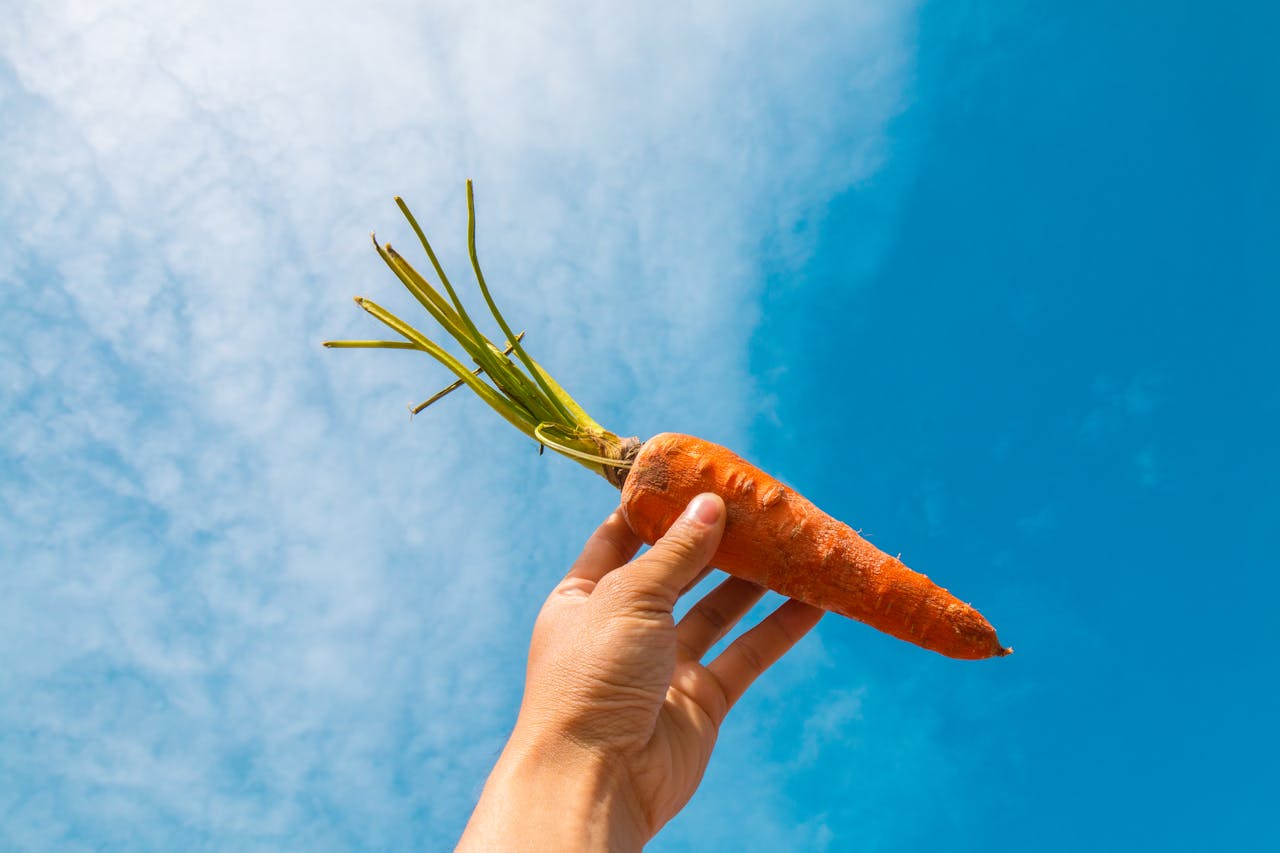The Holy Trinity, often referred to as the Cajun Trinity or the Holy Trinity of Cajun Cooking, is a fundamental component of Louisiana’s rich culinary heritage, particularly in Cajun and Creole cuisine. This trio of vegetables forms the flavor and aroma base of many traditional Louisiana dishes.
Defining the Holy Trinity
The Holy Trinity consists of three essential vegetables: onions, celery, and green bell peppers. This combination is distinct from the French mirepoix, which uses onions, celery, and carrots instead of bell peppers[1][4][5].
Importance in Cajun and Creole Cuisine
The Holy Trinity is the backbone of most Cajun and Creole recipes. It serves as the foundation for a wide range of dishes, including gumbo, crawfish étouffée, chicken sauce piquante, jambalaya, and red beans and rice. When combined with a roux (a 1:1 ratio of flour and oil or fat), the Holy Trinity creates the base for soups, stews, and sauces that are characteristic of Louisiana cuisine[2][4].
Preparing the Holy Trinity
Preparing the Holy Trinity is relatively straightforward:
Ingredients
- Onions
- Celery
- Green bell peppers
- Optional: Garlic (often referred to as “the Pope” due to its significant impact on flavor)[1][4][5].
Method of Preparation
- Chop the Vegetables: Finely chop the onions, celery, and green bell peppers. A common ratio is 2 parts onions to 1 part celery to 1 part green pepper, although some recipes use a 1:1:1 ratio[4][5].
- Heat the Fat: Use pan drippings, butter, or vegetable oil to heat a skillet over medium heat. If you have just browned meat for your dish, use the pan drippings for added flavor[5].
- Sauté the Vegetables: Add the chopped vegetables to the skillet and sauté, stirring occasionally to prevent burning. As the vegetables cook, they will start to soften and release their moisture, forming a glaze-like liquid in the pan[2][5].
- Reduce Heat and Caramelize: Reduce the heat to low and continue cooking slowly, stirring often, until the vegetables are fully caramelized and darker in color. This process can take about 30 minutes[1][5].
Cooking Tips
- Use Fresh Ingredients: Fresh vegetables are preferred, but frozen diced trinity can be a convenient alternative when fresh ingredients are not available[1].
- Cover the Pot: Covering the pot helps to force the moisture out of the vegetables, enhancing the sautéing process and resulting in a thicker, more flavorful dish[1].
- Add Garlic: Garlic is not part of the traditional Holy Trinity but is often added to enhance the flavor. It is known to “turbocharge” the recipes and adds a unique pop of flavor[4].
Popular Dishes Featuring the Holy Trinity
The Holy Trinity is a key component in many iconic Louisiana dishes, including:
- Gumbo: A hearty soup that combines the Holy Trinity with a variety of meats and seafood.
- Red Beans and Rice: A classic Monday dish in New Orleans, where the Holy Trinity and garlic create a rich, smoky flavor.
- Étouffée: A stew-like dish that can feature seafood or meat, all built on the foundation of the Holy Trinity.
- Jambalaya: A one-pot dish that combines the Holy Trinity with rice, meat, and sometimes seafood.
- Fricassee: A stew that often includes chicken or seafood, flavored with the Holy Trinity[4].
Additional Spices and Variations
While the core of the Holy Trinity remains onions, celery, and bell peppers, additional spices and ingredients can be used to enhance the flavor. These include parsley, thyme, bay leaves, and cayenne pepper. Some regional variations may also include carrots and tomatoes[1].
Most Important Facts About the Holy Trinity in Cooking
- Core Ingredients: Onions, celery, and green bell peppers.
- Ratio: Commonly 2 parts onions to 1 part celery to 1 part green pepper, or a 1:1:1 ratio.
- Preparation: Sauté the chopped vegetables in oil or fat until they are caramelized and darker in color.
- Optional Ingredient: Garlic, known as “the Pope,” can be added to enhance flavor.
- Foundation of Dishes: Forms the base for soups, stews, and sauces in Cajun and Creole cuisine.
- Use in Iconic Dishes: Essential in gumbo, red beans and rice, étouffée, jambalaya, and fricassee.
- Importance of Fresh Ingredients: Fresh vegetables are preferred, but frozen alternatives can be used.
- Cooking Technique: Covering the pot and slow cooking help to release and reduce the moisture, creating a thicker, more flavorful dish.
By understanding and mastering the Holy Trinity, you can elevate your cooking to the rich and flavorful standards of Cajun and Creole cuisine.




